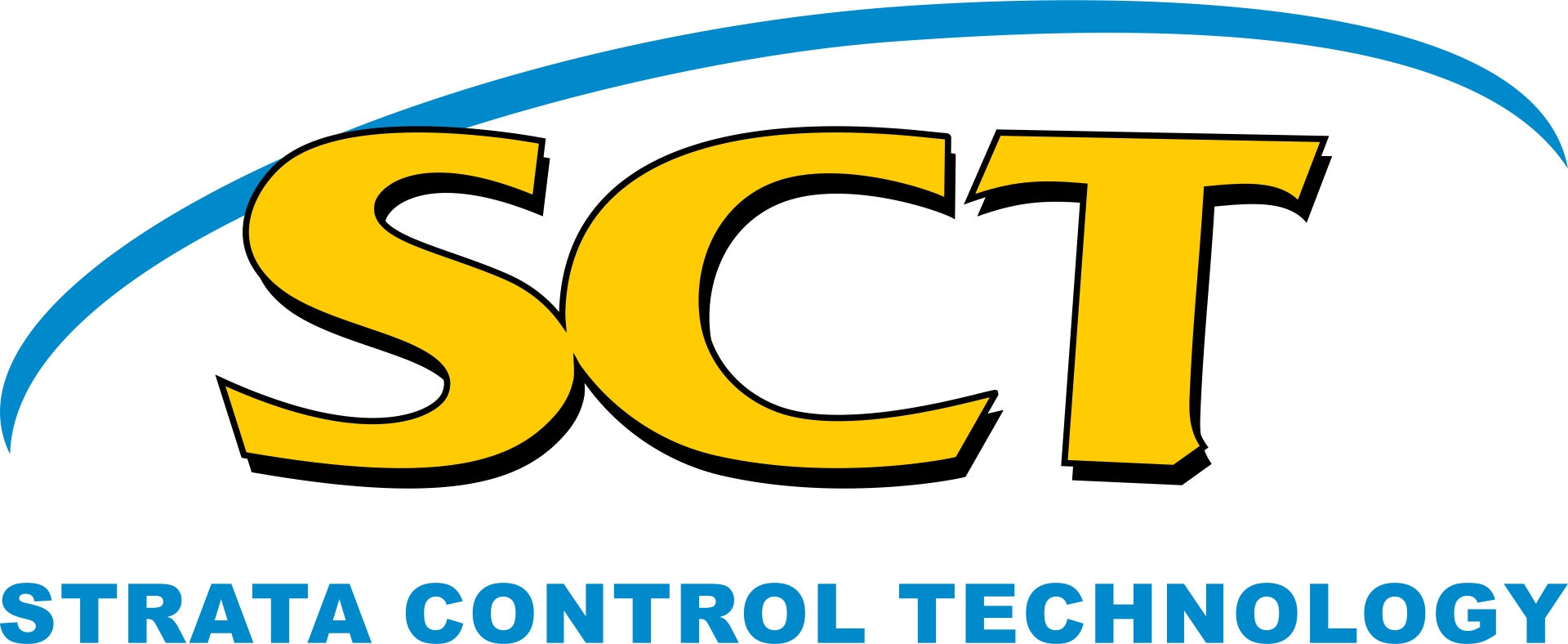Welcome to SCT's own publications library which contains a collection of recent publications and other resources with reliable research about our technology.
-
Experience of monitoring shear movements in the Overburden Strata - Luc Daigle - Ken Mills
Published Feb, 2017Surface subsidence monitoring shows horizontal movements occur around longwall panels for a considerable distance outside the footprint of a longwall panel; typically several hundred metres to several kilometres. Less is known about how these movements are distributed between the surface and the mining horizon. A range of systems have been developed to measure how horizontal movements are distributed within the overburden strata generally and sometimes around specific geological structures. This paper describes the experience of using a range of these systems at various sites and some of the insights that these measurements bring with particular focus on the use of deep inclinometers.
The capability to measure induced displacements has developed over time from surface observations to use of borehole systems such as multi-arm callipers, downhole camera imaging and specially installed inclinometers placed to depths up to 300 m. Some techniques such as open boreholes and the multi-arm, oriented calliper have mainly been used at shallow depths where breakout and squeezing ground do not compromise the measurements. Others such as the borehole camera provide context but are not so suitable for quantitative measurement. The inclinometer installed in a large diameter borehole backfilled with pea-gravel has been found to provide high resolution measurements up to a horizontal displacement on any one horizon of about 60-80 mm. Inclinometers have been used at multiple sites around Australia to measure shear displacements to depths of up to about 300m. Shaped array accelerometers are an alternative that provide temporal resolution of a few minutes and provide continuous monitoring over a limited interval but tend to be most useful for monitoring the onset of low magnitude shear displacements. Experience-of-monitoring-shear-movements-in-the-overburden-strata-L.Daigle-K.Mills-2017.pdf1.7 MB -
Understanding Fracture Distribution within Intrusive Sills the Cordeaux Crinanite a Case Example from the Illawarra Coal Measures - Luc Daigle
Published Aug, 2017Recent diamond drill hole coring by BHP Billiton Illawarra Coal was used to characterise the distribution of fracturing within the Cordeaux Crinanite intrusive body. Geological data obtained from recent exploration boreholes and surface outcrops provided sufficient information to determine the pattern and history of fracture emplacement within the intrusive body.
The Cordeaux Crinanite is an intrusive sill complex consisting primarily of thick olivine rich dolerite (crinanite) sills and thinner olivine cumulate (picrite) sills. Outcrop exposures of the complex are present along parts of Cordeaux Reservoir and form the bedrock to the Upper Cordeaxu Number 1 Dam and Upper Cordeaux Number 2 Dam and much of their catchments.
The intrusive body is roughly circular in plan with a domed top and largely planar base with local bowl shaped features. The intrusive is commonly referred to as a sill but drill intersections show that it gradually cross-cuts stratigraphy. The base ranges from approximately the Balgownie Seam to above the Bulli Seam and into the Coalcliff, the roof may extend up to the Stanwell Park Claystone. Understanding-Fracture-Distribution-within-Intrusive-Sills-the-Cordeaux-Crinanite-a-case-example-from-the-Illawarra-Coal-Measures-L.Daigle.pdf312 KB -
Mapping Techniques for Determining Sandstone Roof Channel Paleodrainage Direction in Coal Mines - Luc Daigle
Published Aug, 2017Sandstone channels are constant hazards to coal mining operations, the presence of a channel over a seam can result in thinning of the seam, changes in stress orientations, variation in stress intensity, abrasive cutting, roof hangup, faulting, jointing, loading of the face and even wind blasts. Prediction of the trend of a channel is usually difficult as channels tend to meander and follow complex orientations. However, geological mapping of development roadways can provide very good information on where to expect channels.
Mapping paleodrainage indicators at Yancoals’ Ashton Coal Mine in the Hunter valley demonstrates channel trends can be projected through analysis of these indicators. Recognising and recording oriented indicators on hazard plans can assist in forewarning where channels may be anticipated. The experience at the Ashton Coal Mine shows how recording these features provide a means of predicting channel trends. Drainage pattern interpretation of the sandstone channels was possible due to excellent exposure of coarse grain channel sediment, levee, and overbank facies deposition. Comparison of the plotted drainage trends with paleodrainage direction indicated by oriented plant debris demonstrates direct correlation, using paleodrainage indicators in the absence of an exposure of the channel base can be used to predict the trend of the channel at a specific location. Mapping-Techniques-for-Determining-Sandstone-Roof-Channel-Paleodrainage-Direction-in-Coal-Mines-L.Daigle.pdf1.2 MB
